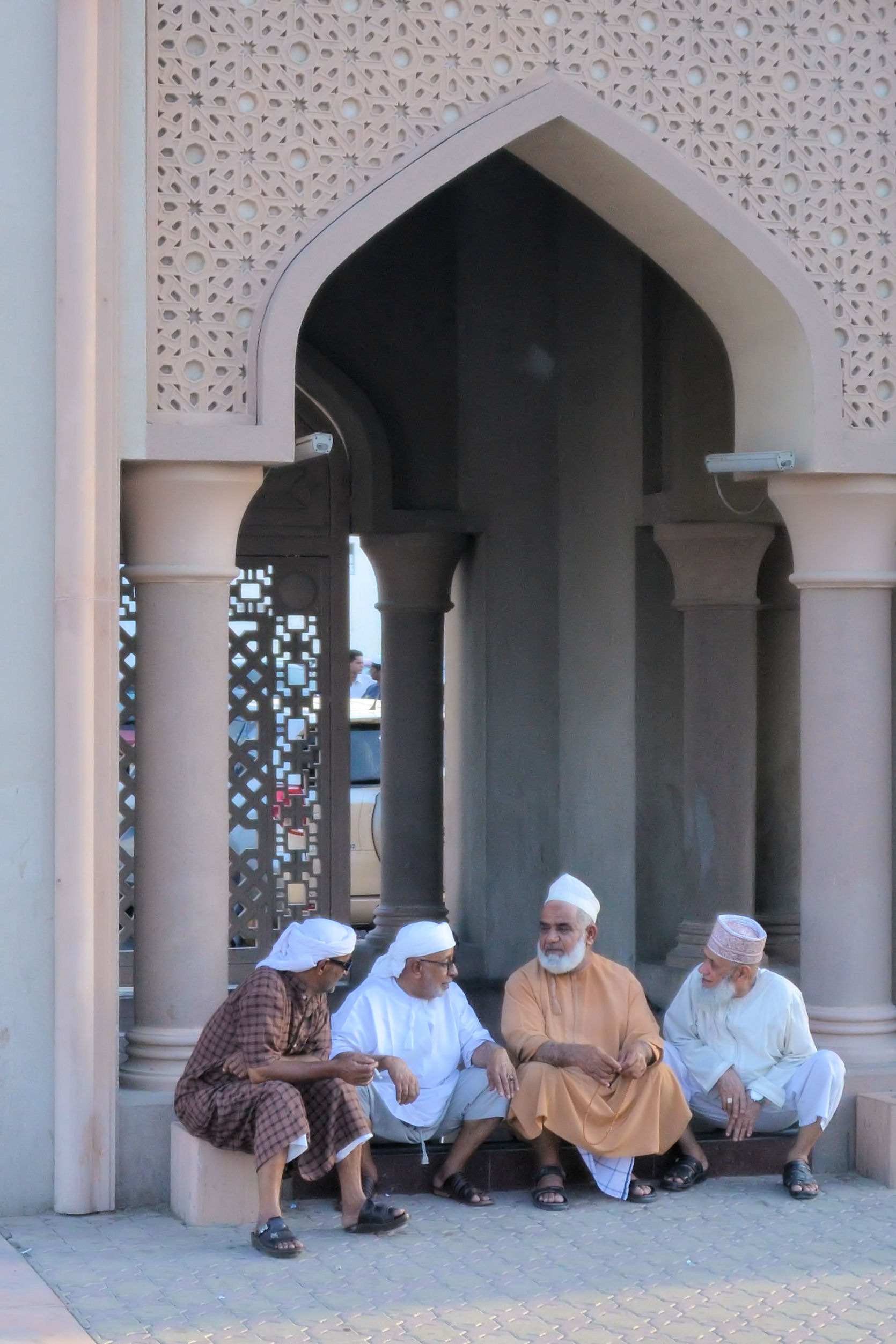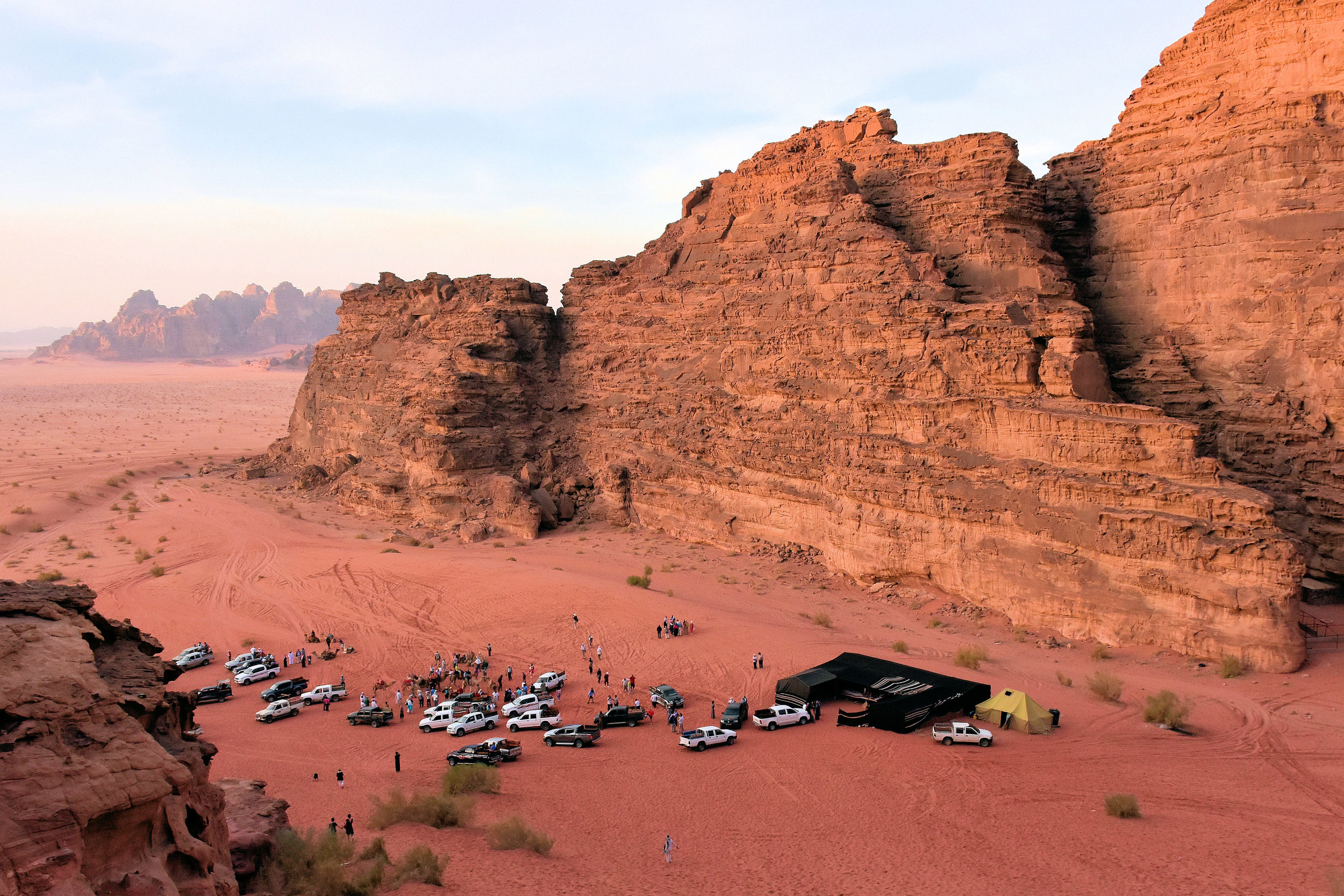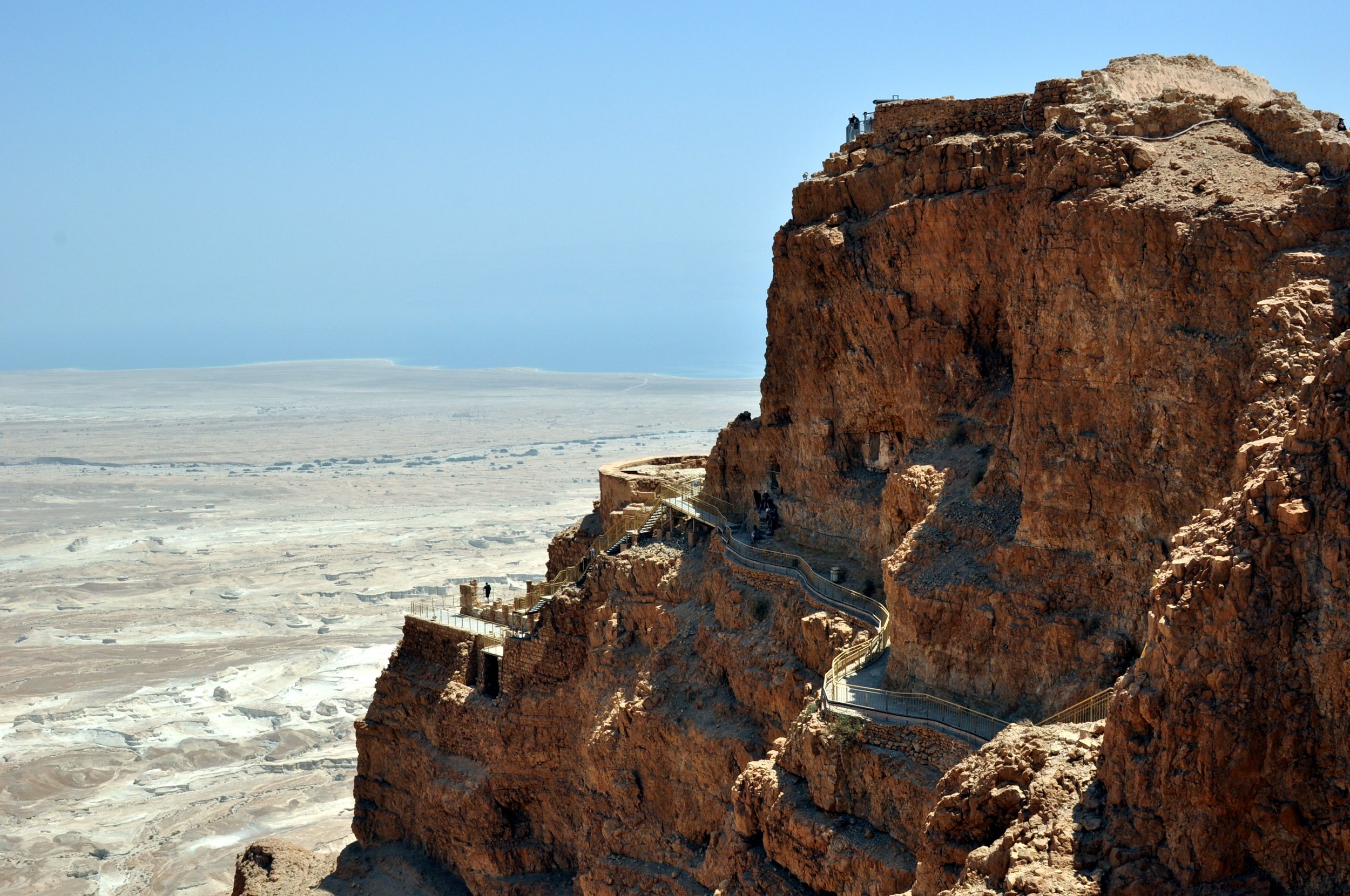Note: This article was written in 2012. Thus, the facts and numbers stated in this article may be outdated.
A friend of mine told me after his return from China that currently over 1,000 high rise buildings are under construction in the city of Shanghai. I was awestruck by that number. Could it be true?
China, and particularly Shanghai, has long fascinated me, not only from a historical and geo-political/economic perspective, but also from a human/societal point of view. What must it be like to live in a country that overrides your reproductive preferences, limits your freedom of expression and tells you where to live? I got a glimpse of it on this trip.
Shanghai is located along the Huangpu River, a contributory of the Jangzi River, 110 km (70 miles) upstream from the East China Sea. With over 22 million people (similar population to Australia) living on 6,218 sqkm (2,401 sqmiles) of swampy land (the highest point in the city is 4 m (!!) elevation (13 feet)), Shanghai is (supposedly) China’s largest city. Before coming here, the name Shanghai conjured images of gangs, luxurious lifestyles, opium, lawlessness, colonial influence, poverty, and the exploitation of labourers. While all of the above are definitely part of the city’s history, modern Shanghai has become a forward-thinking, push-the-envelope kind of a place that is, in some ways, just beyond the powerful reach of Beijing. So how is it that a city as progressive as Shanghai can still lack sophistication and internationalism? The answer lies in the country’s isolation from the outside world until 1972. Now part of a global market economy and the international community, Shanghai gives the impression that it wants to grow up too quickly. Tall buildings and bullet trains alone do not make a cosmopolitan city.
The vast majority of Shanghai’s population is poor. With a minimum wage (governed by law) of 1,460 Yuan (US$ 243.-) and an average monthly income of 6,000 Yuan (US$1,000), the average person needs to save 100 years (that means no eating out, holidays, cars) before being able to afford to buy a 100 sqm (1,100 sqft) 2-bedroom apartment. And with mortgage rates between 6 % and 7 %, that could be a real problem, especially if you are a young male looking for a wife. Young women don’t even look at you as a prospective husband if you don’t have an apartment lined up. So, what does a man do? He lives with his parents to save money. The nightclubs and cinemas are filled with young women and empty of young men. They are at home watching TV – saving money. Parents are expected to help their son with the purchase of an apartment. This creates a surprising dynamic: urban parents hope for a girl, as there are no expectations to help her financially as she grows older.
Then there is the challenge of finding a restaurant for your wedding party. The celebration should be held on a Saturday, so all your friends can attend. But you have to avoid dates with unlucky numbers such as 1 and 4. In Shanghai, that leaves you with a 2-year waitlist for your favourite eatery. You do not have those headaches if your girlfriend is pregnant at the time of your wedding preparation. In order to rush things along you would want to choose a Friday. The waitlist for Fridays is only a week or two, assuming you don’t still want to insist on those lucky numbers.
Housing prices in Shanghai have increased by 1,000 % during the past 10 years. They have tripled in the last two years. An apartment that cost 500,000 Yuan (US$ 83,000) in 2001 is now priced at 5,000,000 Yuan (US$ 830,000). A condo in the outskirts of Shanghai (1 hour commute) is 2,000,000 Yuan (US$ 333,000). Some people in Shanghai now believe that the limit has been reached. We drove past many apartment blocks that sit empty, waiting for buyers who are in the market for a condo. Problem: with a shrinking middle class and a growing disparity between rich and poor, there are not enough people who can afford to buy apartments in or around Shanghai.
While Beijing sets federal policies, the provinces and local municipal governments can add or amend the laws. That leaves the country with an array of rules and regulations that can vary wildly depending on your locale. For example, you may have two children in Shanghai if you marry a girl from Shanghai. You may only have one child if your wife is from outside the city. In the countryside, China’s one-child rule also has some flexibility. You may try again for a second child if your first child is a girl, hoping # 2 will be a boy. There are two reasons for this policy: a) only boys can carry on the family name and b) boys are strong and can be useful around the farm.
China’s one-child rule came into being through Chairman Deng after Mao’s death. At that time China’s population was 1 billion. Now it is 1.3 billion. Without the one-child rule the population would have exceeded 1.8 billion in 2012.
Of course, forcing parents to limit the size of their families has led to enormous abuse and inequality. In a culture which gives preference to boy babies, female fetuses are often aborted or girl babies murdered. As a result, China has one of the worst male/female imbalances of any country in the world - the shadow side of a pragmatic policy that has otherwise managed successfully to slow population growth.
Transportation issues are another challenge for a country that, within a 25-year timespan, has evolved from the dark ages to the 2. largest economy in the world. Until recently, the majority of the general public used bicycles as the main means of transportation. Now, replaced by scooters, the humble bike is on the way out. At a cost of US$ 300.- the scooter is the perfect alternative to a car. Motorcycles are too expensive (US$1,000) and private cars are not affordable (US$5,000 for a Chinese-made Cherry and US$50,000 for a mid-size Buick). Apparently, most of the cars you see on the road are company cars. It is interesting that GM and VW have chosen Shanghai for their automotive production plants, resulting in many VWs and Buicks on the road. As a matter of fact, 95% of all taxis in Shanghai are VW.
I find it amazing how heavy-handedly the government interferes in people’s lives and manipulates the country’s massive population. Let’s say you have managed to save enough Yuan for a car. Now the problem becomes the license plate: it will cost you US$10,000 to register your car and obtain a license plate. It is virtually impossible for the average person on the street to pay this amount of money. That is one way to keep cars off the roads. Beijing uses another technique: If your license plate ends with an uneven number, you can drive your car Mondays, Wednesdays, Fridays etc. Cars with even numbered license plates get Tuesdays, Thursdays, Saturdays etc. Many wealthy people have two cars, so they can drive during the entire week. The price of 1 litre gasoline is US$ 1.20 (US$ 4.54 per gallon).
Another example of the government’s heavy-handedness relates to the relocation of long-term Shanghai residents. Those, unlucky enough to live and/or farm on land needed for construction and city expansion, are relocated to new homes in the outskirts of the city. The homes are not free, but “very inexpensive”. That is great as long as you don’t want to move. You are not permitted to sell your new home, or at least not for profit.
The unemployment rate in Shanghai is round 20%. The pressure to keep labour costs low is enormous. Especially after the introduction of the latest minimum wage rate, companies are looking abroad to fill construction and factory jobs. Many migrants from India and Pakistan work for very little, live on site and exist under appalling conditions. A significant number of the unemployed are in their 50s. Having been brought up during the Cultural Revolution, they did not receive formal education and, under the communist regime, never had to fear for their jobs. Now, China has a market economy and no use for aging men and women who are uneducated and unproductive.
From an outsider’s perspective, life in China is tough. Some of the challenges faced by people living in a city like Shanghai appear to be rooted in an age-old culture that is trying to adjust to modern life and times. It seems, much still needs to change before China, and Shanghai in particular, will be at par with the cosmopolitism of Tokyo, Paris and New York. But some things I saw can just stay the way they are: people’s friendliness towards outsiders and their ability to enjoy life despite hardship. I experienced those during a brief moment in People’s Square when a local man approached me with broken English. Obviously trying out his language skills on a foreigner, he welcomed me with such warmth and genuine interest, that I had a hard time pulling myself away. In the background, a middle-aged man was entertaining kids with his huge string of kites, pulling the line on this wind-less afternoon, trying to keep the kites afloat. Fascinated by this juxtaposition of finding myself among the most impressive skyscrapers that have ever been built and this ancient Chinese tradition of kite-flying, I was reminded of the fact that old and new can co-exist with ease. In the long run, and it may take generations, Shanghai will be able to do just that.






















